All about the lily of the valley (khalesia)
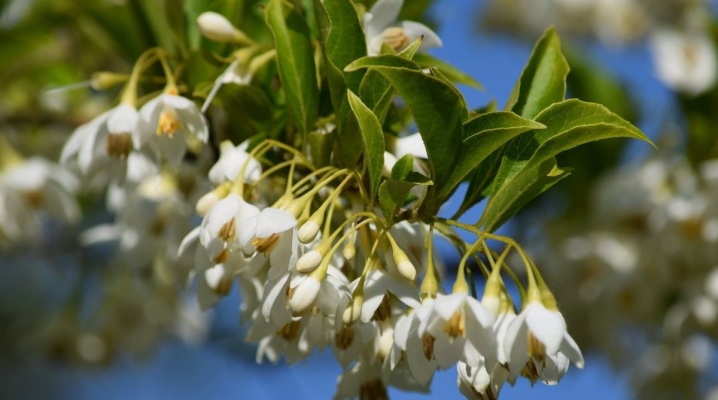
The lily of the valley tree is a remarkably beautiful plant that is also known by romantic names such as the silver bell tree or the snowdrop tree.
Description
The plant is widely cultivated in Europe and America. This beautiful tree belongs to the fast growing. But at the same time, in the first few years after planting, it develops slowly. The height of the average adult tree growing in our latitudes is about 4 meters, the width of the crown is 3 meters.
For the first time, galezia blooms at the age of 6-7 years. Its flowers are very delicate, fragrant and resemble large lilies of the valley in appearance. Unfortunately, gardeners do not manage to admire the view of a flowering tree every year. If the plant has survived a very cold winter, then it will not bloom. In other cases, flowering begins in early June and lasts about 2 weeks.
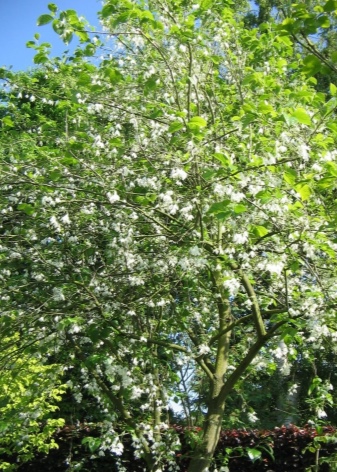
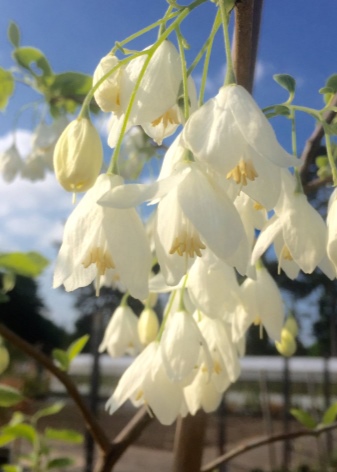
In late August or early September, fruits begin to form on the tree. They are initially light green in color. By autumn, they darken and turn reddish brown. In nature, they remain on the tree until spring. But gardeners prefer to remove them so that the plant does not waste its supply of nutrients on their maturation.
Varieties
There are 4 main types of chalesia in the world. For the middle lane, 2 of them are best suited.
Karolinska
This type of galezia is a tall, upright shrub. In warm climates, it pleases the eye with abundant flowering. In places where winters are too cold, flower buds freeze over. Carolina galezia blooms usually at the end of May. Her flowers are long, snow-white. Flowers of a pale pink hue are a little less common.
Chalesia's leaves are narrow, up to 10 centimeters long. They are distinguished by a rich green color. This type of chalezia has several decorative forms.
-
Mollis. Differs in more lush and wide foliage.
-
"Rosea"... It attracts attention with inflorescences of a more saturated pink color.
-
Meehanii. This variety can be recognized by its matte, dark green leaves with a wrinkled surface.
-
Dialypetala... The bell rim appears to be solid, since it is practically not divided into petals.
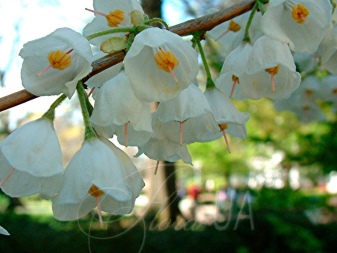
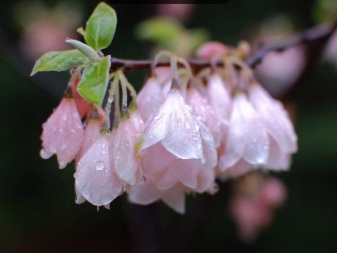

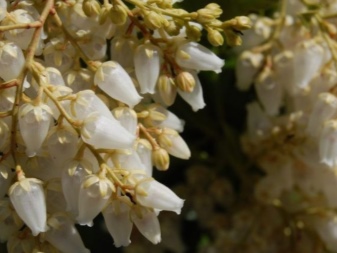
Mountain
In the natural environment, the height of this plant can reach up to 35 meters. Culturally, it does not exceed 4 meters. The plant is found in nature much more often than carolina galezia. Outwardly, it differs in the darker color of the leaves. In addition, its inflorescences are not only snowy or pinkish, but also creamy or even slightly silvery.
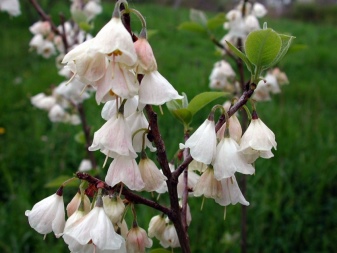
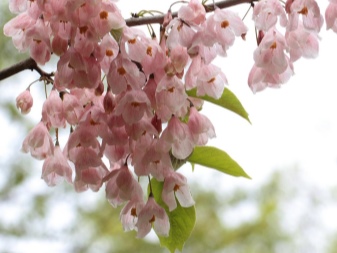
How and where to plant?
Where a plant is planted largely determines how strong and beautiful it will be when it grows up. Several factors influence the choice of location.
-
Neighborhood... Large trees can be planted next to the chalesia. They will not interfere with the plant, but protect it from drafts and strong gusts of wind.
-
Illumination. It is worth making sure that nearby trees do not create too much shadow. For a galezia to bloom, it must have enough sunlight.
-
The soil. The quality of the soil also significantly affects the development of the lily of the valley tree. It is recommended to avoid limestone soil. The best option is loose and fertile soil.In it, the tree will feel most comfortable, which means that it will develop quickly and please with abundant flowering. If the soil on the site is depleted, the pit in which the seedling is placed should be covered with a soil mixture with neutral acidity.
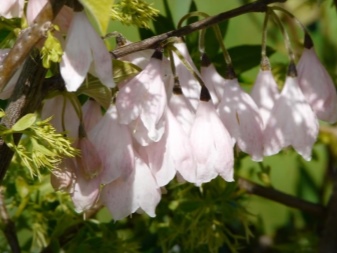
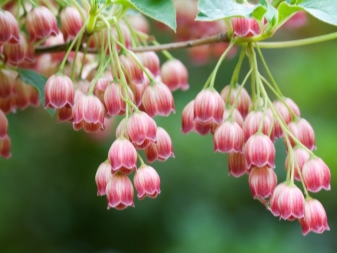
Planting a lily of the valley tree is best in spring. So, during the warm season, the plant will have time to take root, which means that it will be easier for it to survive the winter.
Chalesia can be propagated in several ways.
Seeds
Purchased seeds are used for planting. When buying from a seller, it is necessary to clarify whether they are prepared for disembarkation. The fact is that after harvesting, the seeds need a long dormant period. They can be planted only after 2-3 years. If the purchased seeds are fully ripe, they will not need additional processing before planting.
They must be planted in a mixture consisting of 30% refined sand and 70% peat. Before planting, the soil must be moistened and slightly loosened. Then you need to place the seeds in it and cover them with foil. In this state, they should be left for 3 months, ventilating from time to time. After the required amount of time has passed, the film must be removed, and the container with seeds must be moved to a bright place.
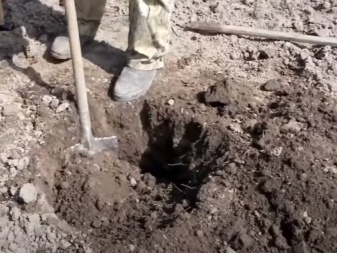
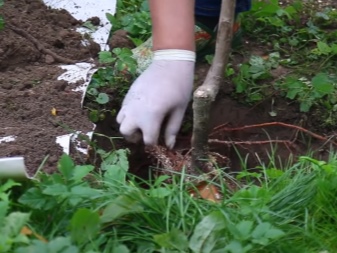
Within a few weeks, the first shoots will appear there. During all this time, you need to carefully monitor so that the soil in the container does not dry out. When the young shoots are firm, they can be planted in large tubs. The grown seedlings can be transplanted into open ground.
Layers
For this type of reproduction, you need to use young lower branches. In the spring, several of them must be carefully bent to the ground, and then dug in. In order for the sprout to take root, you can carefully cut the bark at the edge of the branch. By next spring, the cuttings will be overgrown with roots, and they can be carefully trimmed and replanted.
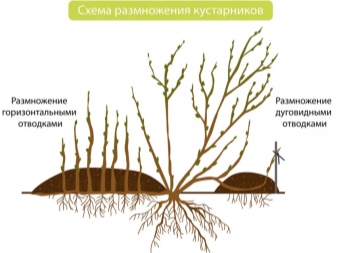
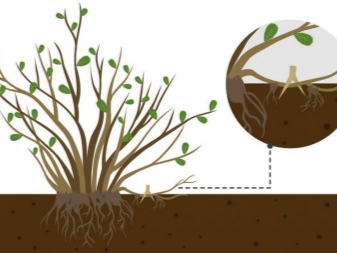
Cuttings
You can use the apical cuttings that remained after spring pruning. In order for them to take root, they must be dipped with the cut end into a container with indolylbutyric acid. Then the cuttings need to be slightly buried in a container with a nutrient substrate. For a while, it must be covered with plastic wrap. It is necessary to grow rooted cuttings for 2-3 seasons, until their roots become strong enough.
After planting in open ground, the seedlings are advised to be watered, to which the drug has been added to stimulate growth. This contributes to the faster strengthening and development of the tree. After that, the pit is covered with earth, and the space around the trunk is mulched. Well dried peat can be used for this.
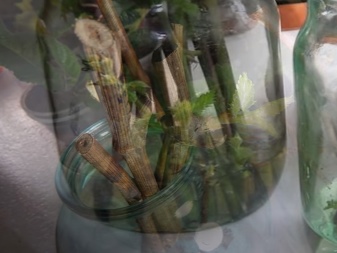
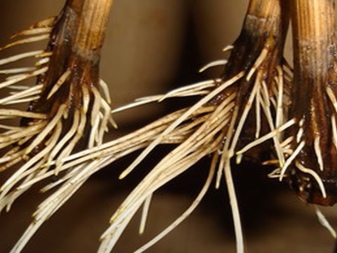
Care advice
A planted plant needs proper care throughout its life cycle. There are several main points that should be paid attention to those who have decided to plant an elegant khalesia on their site.
Watering
NSFirst of all, it is worth remembering that this is a moisture-loving plant. It must be watered regularly. Especially in the hot season when the weather is dry. In this case, watering the plant should be at least once a week. If the summer is rainy, the number of procedures can be reduced. After each watering, the soil under the tree must be carefully loosened, removing weeds from the tree trunk circle.

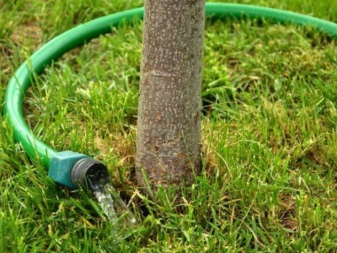
Top dressing
It is worth feeding a lily of the valley tree twice a year. The first top dressing should be done immediately after sanitary pruning. First, you need to loosen the soil well. The second feeding is carried out towards the end of May, before the flowering of the tree.
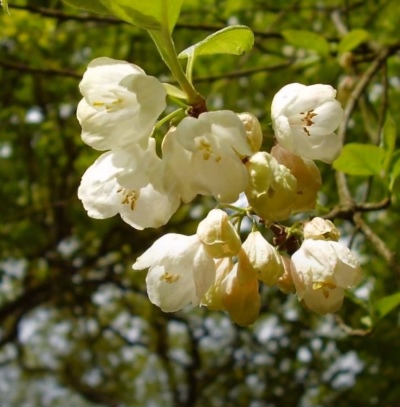
Pest control
In order for the plant to always feel good and maintain an attractive appearance, it must be protected from pests and diseases. One of the most common diseases is chlorosis.
A plant suffers from it if it is grown in soil that does not suit it in composition. The diseased plant looks frail and either does not bloom at all, or is covered with very few flowers. To get rid of chlorosis, plants are treated with special preparations.
Pests practically do not touch the lily of the valley tree. It is attacked only by the caterpillars of the scoop butterflies - they eat the leaves of the plant. You can get rid of these pests by spraying it with a quality insecticide.
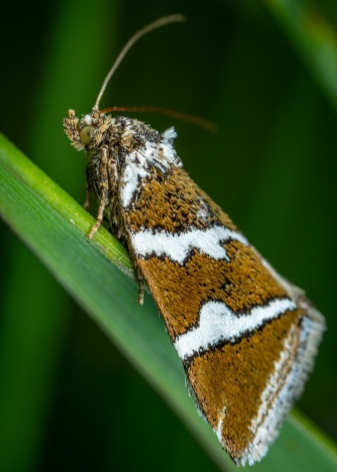
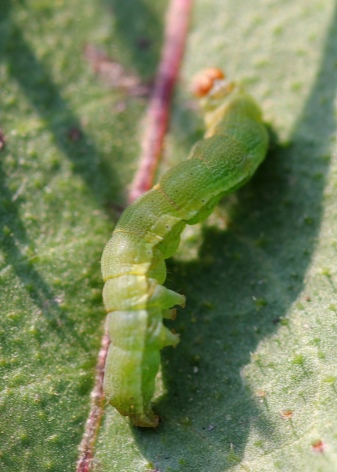
Pruning
Regular pruning also plays an important role in the development of the lily of the valley tree. With the arrival of spring, you must immediately pay attention to chalesia. The plant must be carefully examined and damaged, dried or frostbitten branches removed. In this case, the plant will recover faster after winter. In summer, it will delight gardeners with abundant flowering. The rest of the time, branches should only be removed if they have been damaged.

Wintering
Khalesia must be well prepared for cold weather. In the middle of autumn, it is recommended to remove fruits and dry branches from the tree. And also it is worth removing young shoots. The point is, they are too weak to survive the winter. Therefore, you need to get rid of them so that they do not take away the nutritious resources that the tree needs.
The ground at the base of the trunk must be well loosened, then covered with spruce branches or sawdust. The young tree should be covered with agrofibre or non-woven materials. This should be done carefully, without pulling the branches too tight. An adult tree does not need additional shelter.

Tree in garden landscaping
In landscape design, chalesia is used to create beautiful garden compositions. As a rule, one or more bushes are planted on the site.... They complement the lily of the valley tree with low shrubs and beautifully decorated flower beds.
Chalesia also looks good next to hazel or rhododendron. And also a lily of the valley tree is often planted next to other bushes that also bloom in early summer - lilacs and jasmine.
Since the lily of the valley tree is an exotic plant, you have to take care of it more than the usual bushes for our area. But in gratitude, the chalesia pleasantly pleases the owners of the site with its delicate flowers.
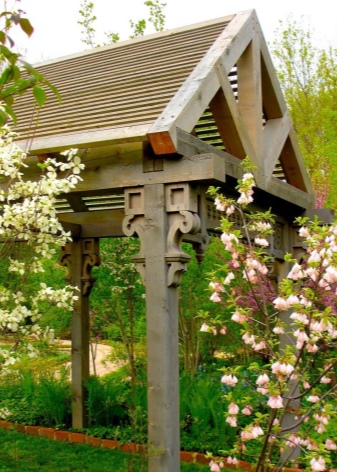
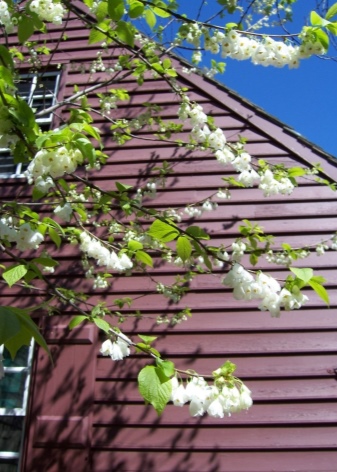



































































How often does it freeze out and to what temperature does it winters?
Galina, with the arrival of the first cold weather, you need to transfer him to a room where the air temperature will be 12-15 degrees. The winter hardiness of the Lily of the Valley tree allows the culture to overwinter in our conditions, the main thing is to choose the right variety and carry out all the manipulations. Preparing Galezia for wintering, the culture should be well watered, dry branches removed. The trunk is necessarily spud. The crown is wrapped with spunbond or burlap. An additional condition is the presence of a hole so that the crown is ventilated.
The comment was sent successfully.